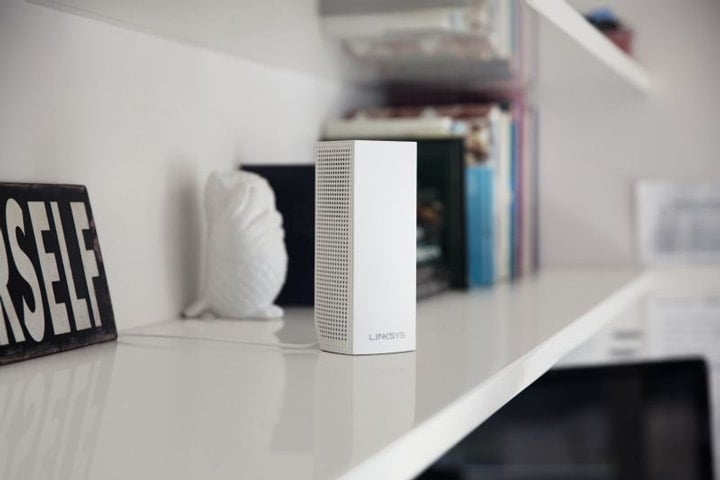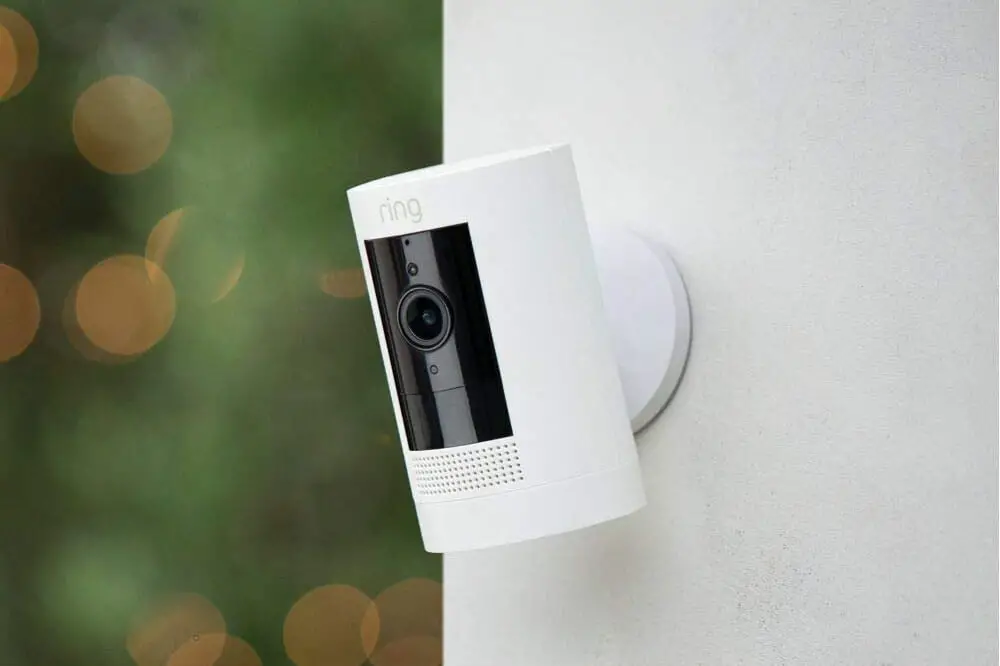We’d love to tell you that owning a smart home is a trouble-free experience. That’s unfortunately not the case. While modern smart home devices are easier than ever to both setup and maintain, you’ll run into an issue at some point. That’s why we’ve created this guide on smart home troubleshooting to help you diagnose and fix problems you may run into.
Don’t panic about smart home problems: most issues are very easy to fix. And as always, if you run into issues, contact your device’s manufacturer or drop us an e-mail, and we’ll try to help you out. We’ve organized our smart home troubleshooting tips into three main categories where most problems occur: connectivity, compatibility, and control.
Smart home troubleshooting: Connectivity
Connectivity issues are one of the most common smart home problems that users run into. Here are some issues and how to fix them. We also recommend you check out our smart home networking tips for additional recommendations.
My smart home device isn’t connecting to the network.
Connectivity failures can occur for a variety of reasons. The most common reason is that it is too far from your router if it is a Wi-Fi-enabled device or from the hub if it uses one to connect to your network. Also, ensure that the device is in an area with solid Wi-Fi coverage or close to your hub, and try resetting both the device itself as well as your router or hub before attempting to connect again.
My smart home device can’t find my Wi-Fi network.
If you’re within range of your hub and/or router, and during setup, you cannot find your Wi-Fi network, review your router settings. While some newer devices support 5GHz Wi-Fi, which is found on every router these days, most require a 2.4GHz wireless network. Sometimes, you must turn on the 2.4GHz network manually: refer to your user manual for instructions. If possible, set it so it’s a separate Wi-Fi network: some newer routers send both the 2.4GHz and 5GHz network using the same network name. We’ve seen this cause an issue with some devices.
My smart home device doesn’t stay connected to the network.
In cases where your smart device connects to the network but disconnects frequently, you have likely placed the device on the outer edges of the range of your hub or Wi-Fi network. Try moving your router (or mesh node) to a location closer to the problematic devices. Some smart home device makers also sell range extenders which may also improve the connection quality.
My smart home device is connected but runs slowly or poorly.
If your smart device has a solid connection, but it is difficult to connect to the device, or image quality or responsiveness is poor, this usually is a result of network congestion. If this is the issue, you will notice slowdowns on other connected devices as well. A reboot of your router typically solves this issue. However, if the issue is reoccurring, you may not have sufficient bandwidth available on your wireless network. Therefore, you may need a better router for your setup.
Pro Tip: Regularly reboot your router, modem, and smart hubs regardless of whether or not you’re experiencing issues. Some routers and hubs even allow you to schedule a regular reboot, so it occurs at times when it’s not an issue (overnight, etc.). If not, we recommend manually rebooting every 2-4 weeks.

Smart home troubleshooting: Compatibility
Incompatibilities between devices are another common issue in smart homes. Here are our recommendations to address compatibility issues.
My smart home devices aren’t compatible with each other.
One frustrating thing about smart home technology is most live in their own “walled gardens” or apps, making it difficult to use devices from several different brands. The easiest fix for this is to use a third-party service like IFTTT to allow them to talk to one another. We highly recommend making third-party compatibility like this a “must-have” when you’re purchasing new devices. It makes them far more useful.
I upgraded parts of my smart home setup, and older devices aren’t compatible.
Over time, you will upgrade parts of your smart home setup. This can cause issues, especially with older devices. If this happens, especially if it’s a hub, ensure that the firmware of any older devices is up-to-date.
Pro tip: Ensure that all of your smart devices are regularly updated with new firmware from the manufacturer. Most devices do this automatically, but it’s a good idea to check that these updates are successfully installed.

Smart home troubleshooting: Control
Are some of your smart home devices giving you fits and not doing what they’re supposed to? Read on for some smart home troubleshooting tips to help you fix these problems.
My Wi-Fi network is not working, and I can’t control my smart devices.
If your Wi-Fi network is not working, you will not be able to control or use smart devices that depend on Wi-Fi for connectivity. Your only course of action is to reboot your router in an attempt to get your Wi-Fi working again. Some devices will offer additional methods to control your devices, like Bluetooth, but not all devices will have this option.
I’m using IFTTT, and my triggers aren’t working correctly or at all.
Occasionally, using a third-party service like IFTTT to control your devices will cause issues. A connectivity issue or error often causes this. We’ve found the easiest way to fix this is to check for errors or if the device is connected properly. Often disconnecting and reconnecting will remedy the issue. See this help document on the IFTTT website for more information.
I can’t control my smart home device even though it is connected.
If you cannot control your smart home device even if it appears to be connected properly, try rebooting the device itself. This often fixes the issue. If it does not, there may be an issue with the device itself. We recommend reaching out to the device manufacturer for support.
My smart home device runs at the wrong time.
If your device is consistently running at the incorrect time, check the time and date settings of the device itself. While most smart home devices don’t use a separate clock, some devices like robot lawnmowers do. Refer to your user manual for instructions on how to set the time and date correctly.
Pro tip: Most smart home device control issues are due to incorrect settings. Be sure to check the device’s settings while troubleshooting.
More smart home troubleshooting tips
While the smart home troubleshooting tips above should answer your questions on fixing the most common problems, this is by no means an exhaustive list. We live by the mantra of “when in doubt, reboot.” We’ve found most issues are fixed by simply rebooting the device, your smart hub, and/or your router.
Most devices have a troubleshooting section in the user manual: we recommend keeping your manuals in a central place to make it easy to find them when you need them. Most manuals are also available online from the company’s website, too.
